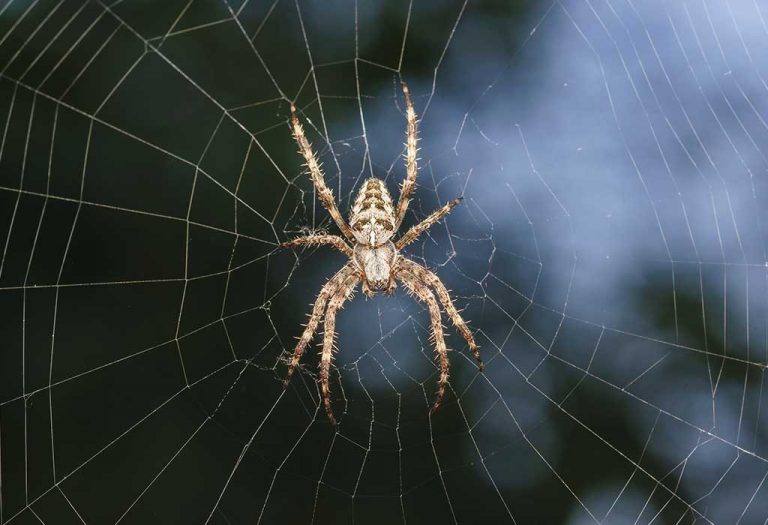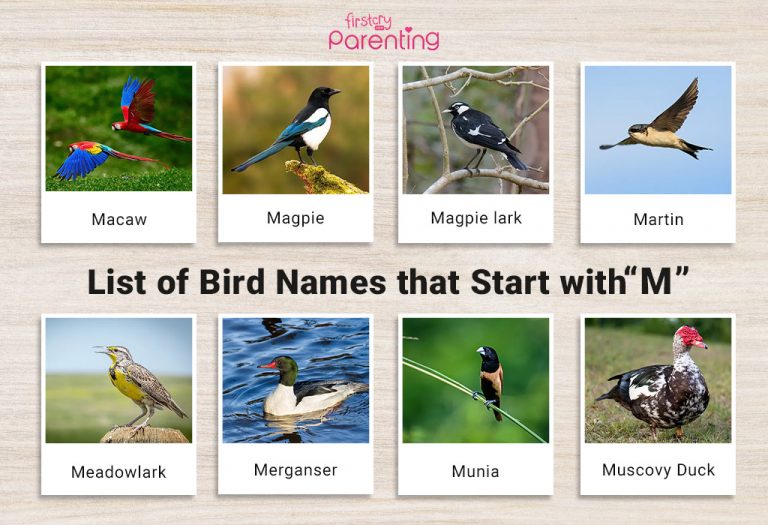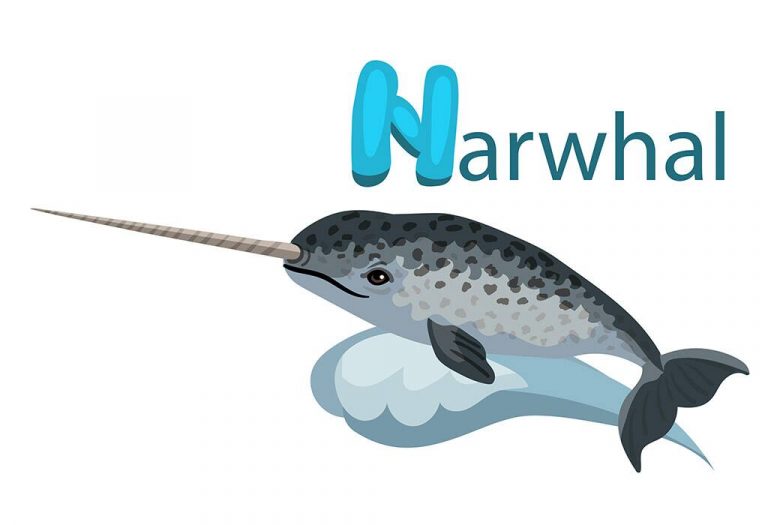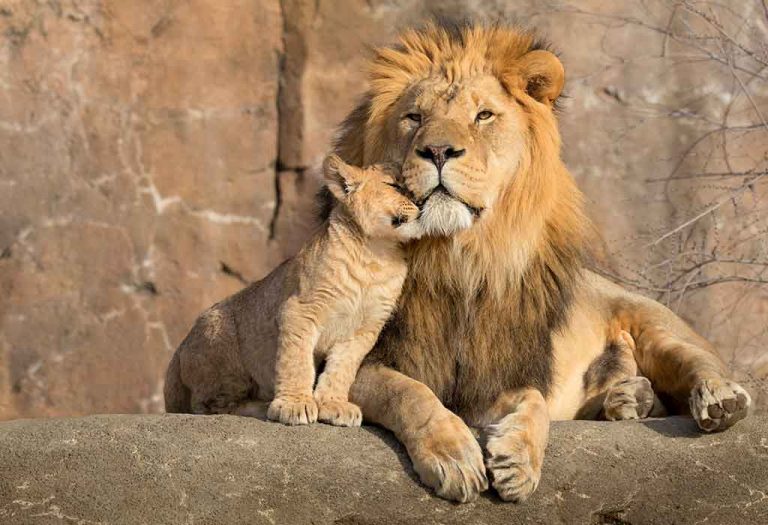20 Fascinating Facts about Spiders for Kids
- Types of Spiders
- Different Features of a Spider
- Life Cycle of a Spider
- What Kinds of Food Do Spiders Consume?
- Habitats of Spider
- Other Interesting Spider Facts & Information for Children
- FAQs
Spiders are all around us, which is why it is an amazing topic for children to learn. Many children are scared of spiders, but that will reduce when they learn some fun facts about spiders. Learning about spiders can help children understand their role in nature, making them more fascinated by these often misunderstood creatures. Fun and interesting spider facts for kids can transform fear into curiosity, turning it into a fun and educational experience. Your children will love these incredible spider web facts.
Types of Spiders
Spiders are fascinating creatures found all over the world, with a wide variety of species inhabiting different environments. Here are some common types of spiders:
1. Black Widow Spider
Black widow spiders are known for their shiny black bodies and a distinct red hourglass shape on their abdomen. They are venomous and can be dangerous to humans if not treated promptly.
2. Brown Recluse Spider
This spider is typically brown with a darker violin-shaped pattern on its back. Known for its potentially harmful bite, the brown recluse is often found in dark, undisturbed areas like basements and attics.
3. Tarantula
Tarantulas are large, hairy spiders found in tropical and subtropical regions. While they can appear intimidating, they are generally not aggressive toward humans and only bite in self-defense.
4. Wolf Spider
Wolf spiders are fast, ground-dwelling hunters. Unlike many other spiders, they do not spin webs to catch prey, instead pouncing on their victims.
5. Garden Spider
Commonly found in gardens, the garden spider is known for its circular webs. These spiders are harmless to humans and are beneficial in controlling pests in gardens.
6. Huntsman Spider
Huntsman spiders are known for their speed and large size. Often found in homes and forests, they are harmless but can startle people due to their quick movements.
7. Jumping Spider
Jumping spiders are small but agile, capable of leaping many times their body length to catch prey or escape danger. They have large eyes, giving them excellent vision.
8. Cellar Spider
Also called daddy longlegs, cellar spiders are often found in dark, damp areas like basements and cellars. They have long, thin legs and are non-venomous.
9. Trapdoor Spider
Trapdoor spiders are known for their unique burrow-building behavior. They create a trapdoor out of soil and silk to ambush prey. They are primarily found in the southern parts of the U.S. and parts of Australia.
10. Fishing Spider
Fishing spiders are semi-aquatic and are often seen near ponds, streams, or lakes. They are capable of walking on water and even diving underwater to catch fish or insects.
Different Features of a Spider
Spiders are unique and diverse creatures, each with a variety of features that help them thrive in different environments. From their anatomy to their hunting techniques, these characteristics make spiders some of the most fascinating and efficient predators in the animal kingdom. Here are some key features of spiders:
- Eight Legs: One of the most distinctive features of spiders is their eight legs. This characteristic sets them apart from insects, which have six legs. The legs are crucial for movement, hunting, and web-building.
- Exoskeleton: Spiders have an exoskeleton, or external skeleton, made of chitin. This provides structure, support, and protection, and helps prevent water loss.
- Venom: Most spiders have venom used to immobilize and digest their prey. The venom can vary in potency, with some spiders having venom that is dangerous to humans, while others have harmless bites.
- Silk-Producing Spinnerets: Spiders are capable of producing silk from specialized glands called spinnerets. They use this silk to create webs, draglines, egg sacs, and even to catch prey.
- Multiple Eyes: Spiders typically have eight eyes, although some species may have fewer. Their vision is adapted to detect movement rather than detail, and some species rely on vibration and other senses more than sight.
- Two Body Segments: Spiders have two main body segments: the cephalothorax (which combines the head and thorax) and the abdomen. The cephalothorax contains the eyes, mouthparts, and legs, while the abdomen houses the silk-producing glands.
- Pedipalps: Pedipalps are sensory appendages near the mouth that help spiders manipulate their prey and perform mating rituals. In males, these appendages also serve as reproductive organs.
- Spinnerets: Spiders use spinnerets located at the rear end of their abdomen to produce silk. The silk is used for various purposes, including web-building, creating egg sacs, and making draglines.
- Chelicerae: Chelicerae are the mouthparts of a spider that hold and manipulate prey. These structures often contain fangs through which venom is injected into prey to immobilize and begin digestion.
- Flexible Abdomen: A spider’s abdomen is often flexible, allowing it to stretch and contract. This helps the spider store food and eggs and provides space for the silk glands.
Life Cycle of a Spider
Spiders go through different stages as they grow, starting from tiny eggs to fully grown adults. Each stage is important for them to become the spiders we see. Here’s a simple look at the life cycle of a spider:
1. Egg Stage
It all starts with an egg. Female spiders lay eggs inside a special silk sac. The eggs stay in the sac until they are ready to hatch.
2. Hatching
After a few weeks, the baby spiders, called spiderlings, hatch from the eggs. They are tiny and look like miniature versions of adult spiders.
3. Growing Up
As the spiderlings grow, they go through a few stages called molts. Each time they molt, they get a little bigger and stronger.
4. Adult Spider
After a few molts, the spider becomes an adult. This is when it can start making webs and looking for a mate to lay eggs and begin the cycle all over again.
5. Mating and Egg Laying
Once the spider is fully grown, the female spider lays eggs. The cycle starts again when the eggs hatch and new baby spiders are born.
6. End of Life
Most adult spiders only live for a year or two, but they will have already laid eggs so the cycle continues with new baby spiders.
What Kinds of Food Do Spiders Consume?
The majority of spiders prey on other living organisms. Since they cannot eat solid food, they release digestive enzymes to liquefy their prey before ingesting it.
Spiders are carnivorous creatures and mostly eat insects, small arthropods, and even other spiders. They catch their prey using webs or hunt actively. Some larger spiders may also eat small vertebrates like frogs, lizards, or even small birds. In addition to insects, certain spiders will consume larvae, eggs, or sometimes even nectar if food is scarce. Their diet varies depending on their species and environment, but insects remain their primary source of food. Larger spiders, on the other hand, consume bigger invertebrates, such as snails and scorpions. However, not all spiders depend on living creatures for food. For example, the jumping spider species Bagheera kiplingi primarily feeds on plant material, particularly the tips of acacia leaves.
Habitats of Spider
Spiders are incredibly adaptable and can be found in nearly every environment. As long as there is food, water, and shelter, it’s easy for a spider to settle in.
Spiders are present all around the globe, inhabiting every continent except Antarctica. They are particularly abundant in tropical and temperate regions, where they have access to abundant food, water, and suitable places for web-building and nesting. Outdoor spiders tend to flourish in wooded areas with plenty of vegetation. These environments often have a reliable water source, an abundance of insects for prey, and various spots for spiders to safely build their webs.
Other Interesting Spider Facts & Information for Children
Here are some spider facts for preschoolers.
- Spiders have two body segments, so they are called the arachnids. They cannot be categorized as insects. Other arachnids include ticks, mites, and scorpions.
- Due to the loss of habitat, many spiders are disappearing and becoming endangered. Just like large animals, spiders are valuable to the world. But most people do not realize this.
- An average human adult is more than 250000 times heavier than a normal spider.
- Not every web we see is spiral-shaped. Certain types of spiders create webs of shapes of tunnels or dense sheets. For instance, grass spiders form funnel-shaped webs, which are not sticky. These spiders build a web on top of the grass.
- Spiders move their legs inwards and towards their body using their muscles. But the spiders cannot pull their legs outwards using muscles.
- To move their legs out, body water is pumped into each of the legs. This is why spiders sometimes curl up because it has lost too much water for outward movement.
- Spiders have eight eyes, but most of them cannot see properly. These spiders feel to know what their webs have caught.
- Spiders lay and store the eggs in an egg sac in order to keep the eggs safe.
- Spiders never try to go after people, but they defend themselves by biting. Some bites of spiders are poisonous, but most of them do not affect the human body. It might only have effects like getting stung by a bee or getting bitten by a mosquito. However, spiders can catch insects like wasps, which are harmful to us.
- The hairs present on the first pair of legs of the spider are sensitive to taste. This is how the spider tastes its prey by simply touching them with this pair of legs.
- ‘Arachnophobia’ is the term used for the fear of spiders.
- Some spiders hunt their prey and pounce. Most spiders spin webs so they can catch other prey to eat, but not every spider does this.
- Spiders have small mouths, which is why they do not eat their prey. Instead, the spiders put chemicals on and into the body of their prey to change the body into a liquid. The spider then sucks this liquid up.
- Some smaller or younger spiders use their silk to travel around in the air. This floating in the air is called ballooning. The wind catches their shooting silk, helping these spiders drift to a possible home.
- Many types of spiders live on land. But some spiders, like raft spiders, live on and in water. Such spiders can move across the surface of the water.
- Spiders can build a web in an hour, and they normally build a new one each day.
- From the spinneret glands present in the abdomen, spiders create silk. This is to create webs and catch prey.
- Some spiders, like the tarantulas, are kept as pets in many families.
- The smallest spider is the Patu marplesi, found in Samoa (in the South Pacific Ocean).
- The largest spiders are the tarantulas. Goliath tarantula is the largest tarantula.
FAQs
1. Can spiders swim?
While most spiders avoid water, some species, like the diving bell spider, can actually swim. They create a small air bubble around themselves and dive underwater to catch prey or find shelter.
2. Why do some spiders play dead?
Certain spiders, like the brown recluse, will “play dead” when they feel threatened. This behavior helps them avoid predators by making them seem unappealing or already harmed. It’s a clever way of tricking danger.
These were some fun facts about spiders for kids. Spiders are mostly blamed for all kinds of rashes, bumps, and growth. However, these creatures do not feed on human blood, so they have no reason to bite us unless they feel threatened. This spider information for kids is a great way of educating children.
Also Read:
Tiger Facts for Kids
Fun Snake Facts for Children
Crazy Animal Facts for Kids
Dog Facts & Information for Children
Amazing Butterfly Facts for Kids
Was This Article Helpful?
Parenting is a huge responsibility, for you as a caregiver, but also for us as a parenting content platform. We understand that and take our responsibility of creating credible content seriously. FirstCry Parenting articles are written and published only after extensive research using factually sound references to deliver quality content that is accurate, validated by experts, and completely reliable. To understand how we go about creating content that is credible, read our editorial policy here.























